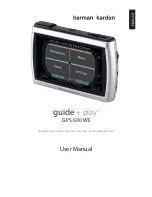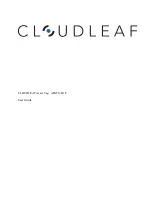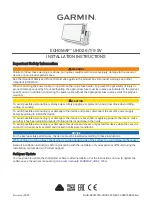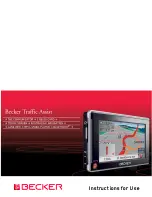
LA000605D © 2007 Navman New Zealand. All rights reserved. Proprietary information and specifications subject to change without notice.
5.6 Selectable User Profiles
The purpose of this feature is to provide some typical application profiles which users can
select through a simple NMEA message. These profiles are macro-like commands that modify
parameters used for common applications. These profiles produce optimal navigation default
settings which conform specifically to an application’s requirements. They can be then be saved
using the Write-to-Flash feature. The new profile will not be written to Flash automatically.
Available Profiles include:
Default - A general profile that balances the needs of most applications.
Automotive - Takes into consideration higher velocities with occasional stopping.
Pedestrian - Takes into consideration slower velocities.
TricklePower - Power saving mode for battery applications. See Low Power Operating
Modes Application Note LA000513
Push to Fix - Only performs a fix when requested. For use in special applications. See Low
Power Operating Modes Application Note LA000513
Command
The profiles will be selected by an NMEA command
$PSRF197,n<cr><lf>
where
n
is the profile number:
1. Automotive
2. Pedestrian
3. TricklePower
4. Push to Fix
Refer to Application Note LA000266.
5.7 GPS fix output
The GPS fix output is an active low output on pin 23 of the module. Whenever the unit has either
a 2D or a 3D fix, this output will be low. When the unit has no fix, the output will be high.
5.8 Custom application software
The module provides custom modification of the firmware to use available CPU processing
capacities and I/O capabilities. The custom application software can be invoked internally or
externally, providing the ability to dedicate the module as the host application or an external
processor as the host. The module also provides the ability to communicate externally with
standard or customer specific communication protocols.
The custom application software has access to the flash memory, navigation data from the GPS
Navigation software, and access to various I/O lines used on the module.
This can be developed using the SiRF SDK. The SDK provides all the tools and resources
necessary for custom software development. Refer to http://www.sirf.com for more information
about the SDK.
































